Belize is an area of high biodiversity in the Mesoamerican Biological Corridor.
Despite the economic importance of timber for the country since the colonial era, it remains heavily forested with about 1,393,000 ha of forest, 43% of which is primary forest supporting some 877 species of birds, mammals, amphibians and reptiles. The Indigenous Peoples of Belize are predominantly descended from the ancient Maya who diversified into several ethnic groups when Maya civilisation collapsed in the medieval era; the Q’eqchi’, Yucatec and Mopan Maya. Maya Peoples constitute ~12% of the population of Belize, and are mainly concentrated in the North, although they also claim traditional land rights in the southern district of Toledo.
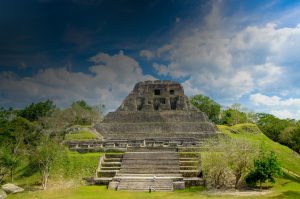
Classical Maya Era
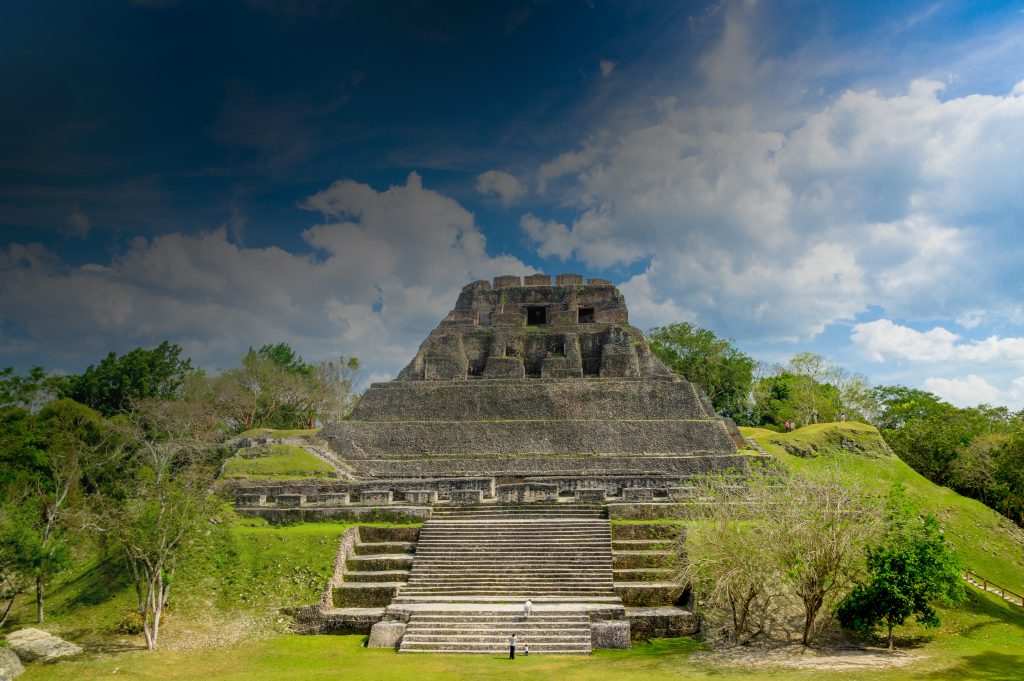
Classical Maya Era
1200 BC – Maya civilisation may have begun in Belize. The oldest part of the archaeological site of Cuello is dated to 1200 BC.
250-500 AD – Mayan civilisation reaches its peak, covering a third of Mesoamerica; including Southern Mexico, Guatemala, Belize and Honduras. The Maya subjugated and absorbed neighbouring indigenous tribes as they expanded and promoted urbanisation. The Maya had advanced mathematics, architecture, writing and calendars which provide valuable insights into the pre-colonial history of Belize.
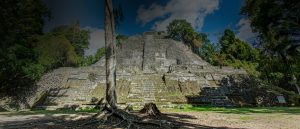
1000 AD
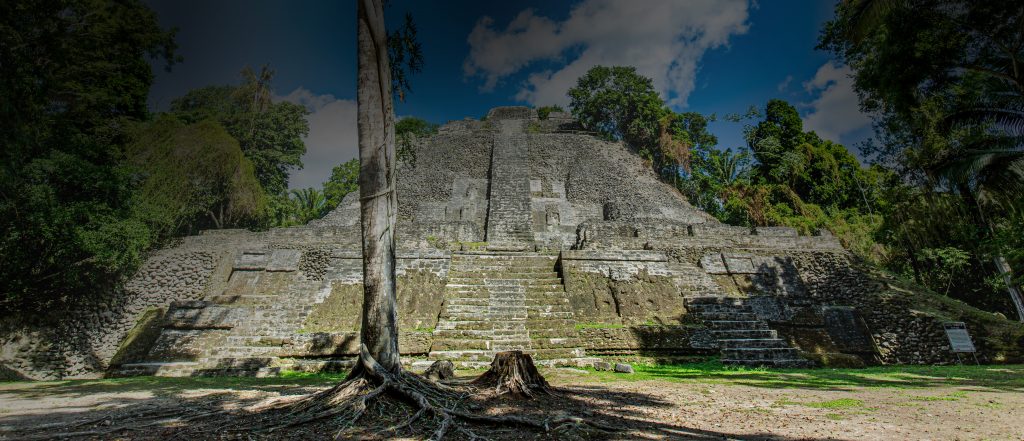
1000 AD
1000 AD – The Mesoamerican metal age begins – with copper, silver and gold being worked, often in religious contexts.
1000-1500 – The Maya city of Lamanai in Northern Belize was not abandoned. The post-classical Maya period saw migrations from the Southern regions of the former Maya territory into the Northern regions, with settlements maintained along the Caribbean coastline of Belize.
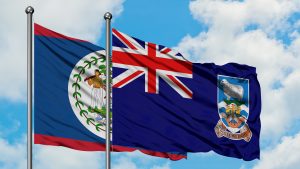
1638
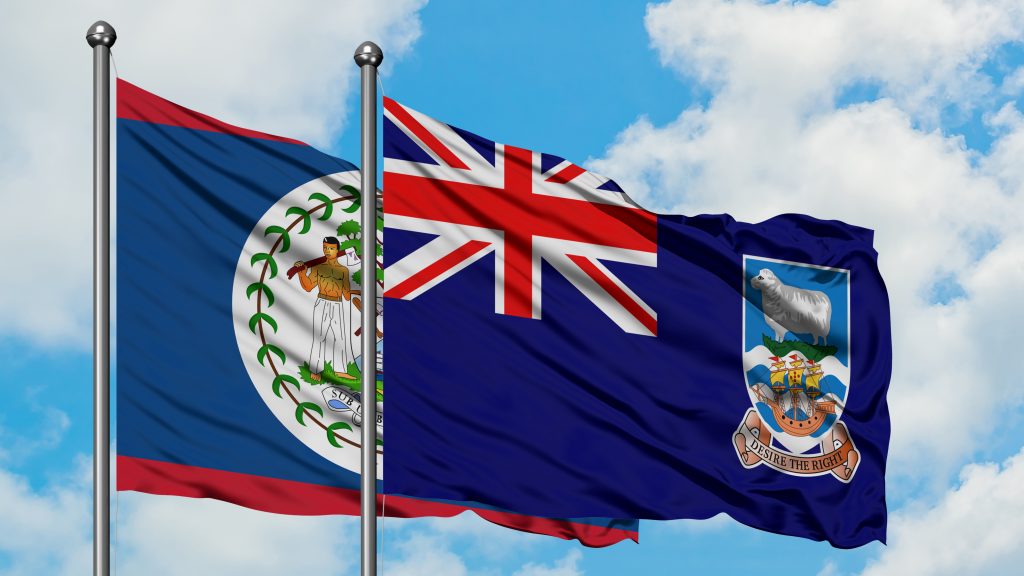
1638
1638 – Belize was not properly settled by the Spanish. Free British buccaneers were able to settle in Belize to cut wood. They were known as the Baymen.
1763 – The British and Spanish signed a treaty allowing the Baymen to cut wood as long as they didn’t build fortifications or major settlements. Spain still claimed ownership of the region.
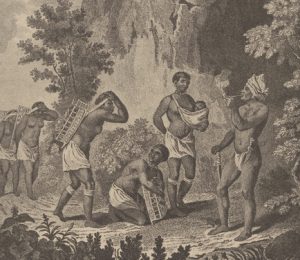
1800
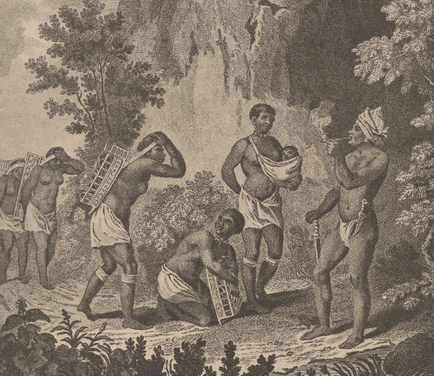
1800
1800
– The British imported African slaves from their nearby colonies in the Caribbean, such as Jamaica. By the early 19th century, there were over 2000 black slaves in Belize compared to over 300,000 in Jamaica. Slaves in Belize were not as ill-treated as those in the Caribbean, working as loggers rather than on plantations, but many still sought to escape to Spanish colonies. Timber, particular mahogany, remains a major export in Belize even today. There was also a growing elite of free Belizean Creole people (Kriols) of mixed European and African descent in the 19th century.
– The Indigenous Peoples were sometimes displaced by the arrival of slaves and Kriols. Some of the Mopan Maya were pushed out of Belize into Guatemala by colonial activities, but returned to Toledo in South Belize later in the 19th century to escape enslavement by the Spanish.
1802
– Escaped slaves from the lesser Antilles, called the Garifuna, arrived in Belize. They were of mixed indigenous Carib and African descent. There were about 150 Garifunas in Belize in 1802, but today they constitute over 6% of the country’s population and are the fourth largest ethnic group.
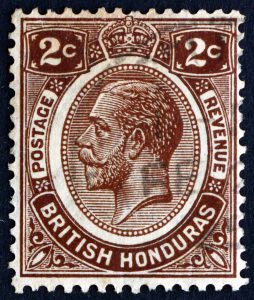
1871
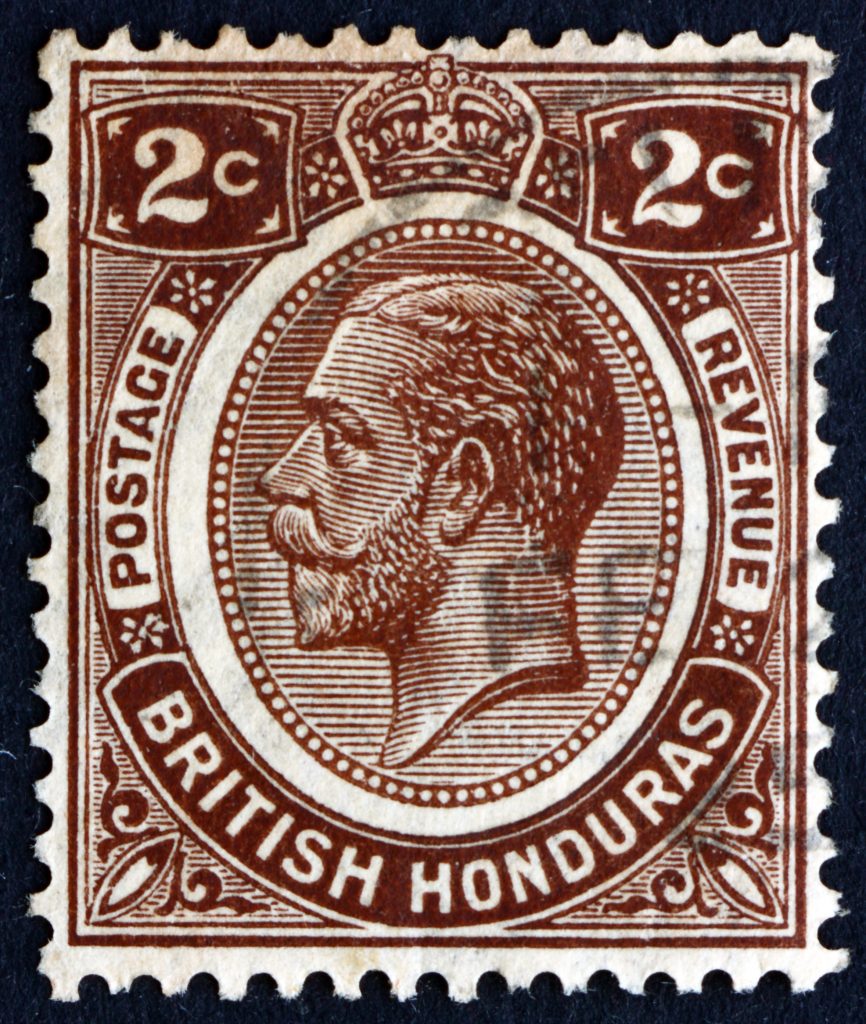
1871
The region was named British Honduras and became a crown colony.
1981
1981
On 1st of June, British Honduras was renamed Belize. On 21st September it was granted independence, functioning as a parliamentary constitutional monarchy with Queen Elizabeth II as the head of state. The British army left troops to assist the Belize defence force in protecting the country from Guatemala, with which ongoing territorial disputes have persisted since independence.
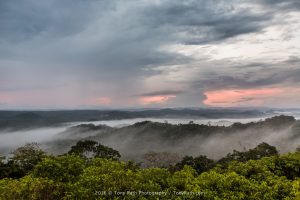
Mid '90s
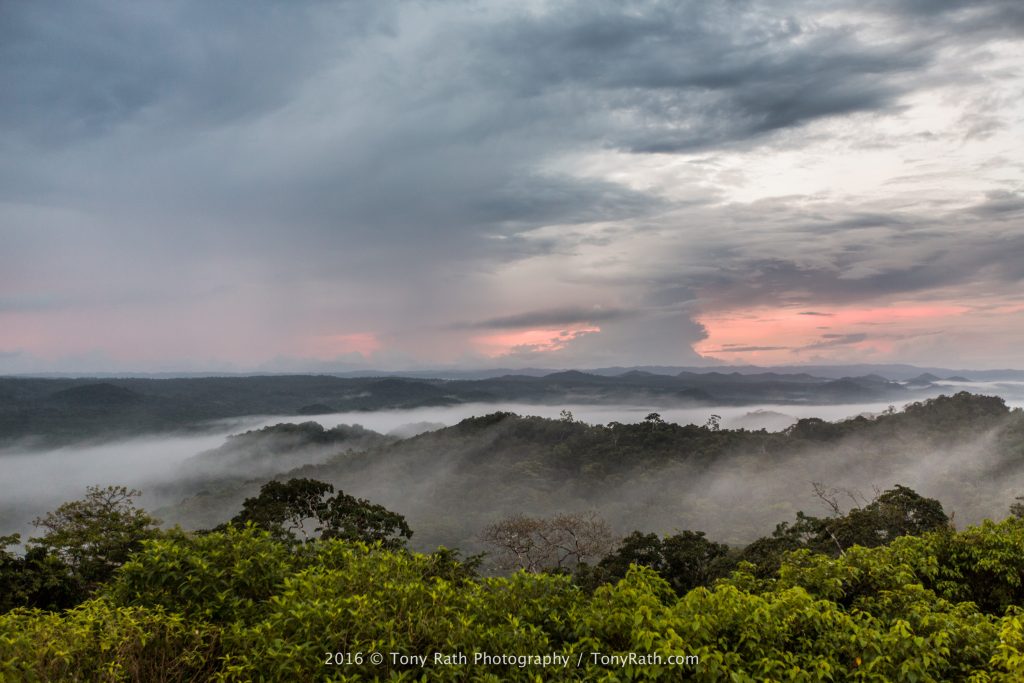
Mid '90s
Mid ’90s – AB Energy Corporation granted concessions to explore in region covering 749,222 acres in lowland portion of Toledo.
1996 – Toledo Maya Cultural Council on behalf of the Maya villages of Toledo files a petition before the Inter American Commission of Human Rights for redress of violations on their lands.
1996 – Maya people under the leadership of Julian Cho embark on developing the Maya Atlas of Belize to compile evidence through written and oral records and maps of customary use of ancestral lands.
1999
1999
Maya Leaders Alliance (MLA) is founded to promote the long-term well-being of the Maya people by defending their collective rights to their territories.
2004
2004
On 12th October the Inter-American Commission on Human Rights (IACHR), having received no response from the Government of Belize, makes public its report transmitted to them one year earlier. In the report, the IACHR recognise Maya peoples’ collective rights to land traditionally used and occupied in the southern district of Toledo.
2008
2008
After a general election, the state of Belize adopted a narrow interpretation of the the Maya land rights case of 2007 and limited recognition to just Santa Cruz and Conejo.
The MLA/TAA return to court to file a class action suit against the Government for failing to protect the land rights of all the Maya villages of Toledo.
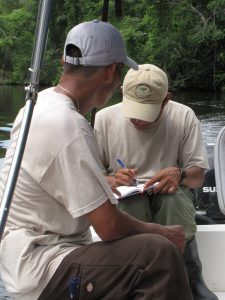
2013
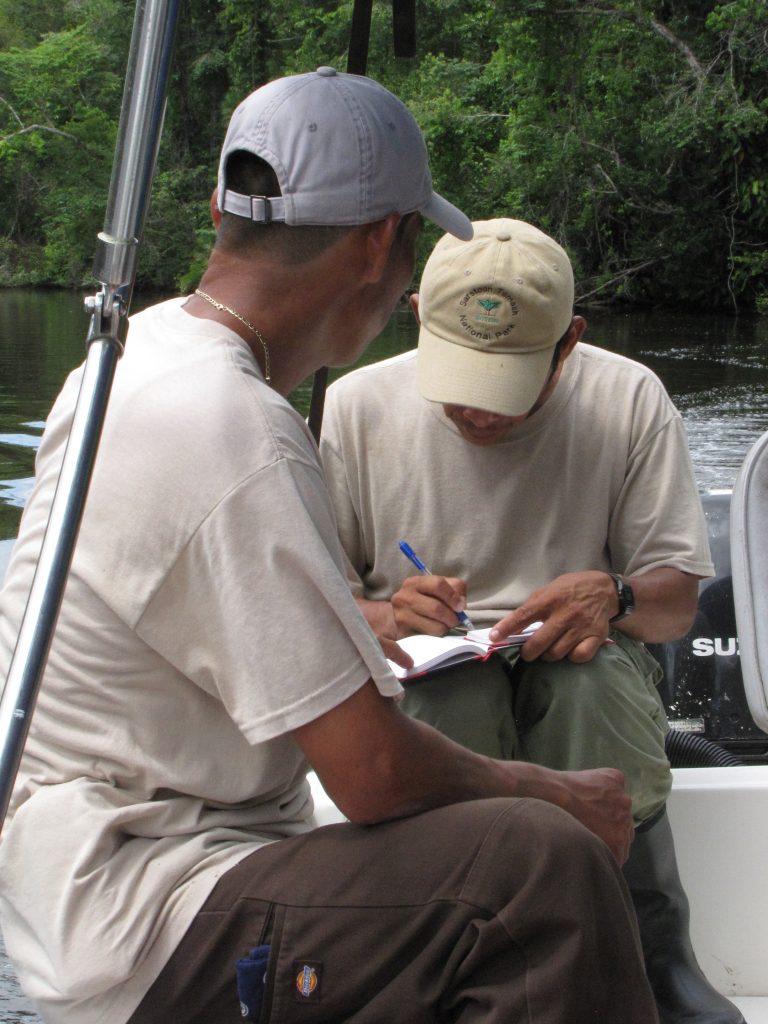
2013
– A claim was brought by Sarstoon Temash Institute for Indigenous Management (SATIIM) and four communities to stop the energy company US Capital from operating in the protected area of Sarstoon-Temash National Park which encompasses land belonging to the Maya communities of Crique Sarco, Midway, Sunday Wood, Conejo, and the Garifuna community of Barranco.
– The Court of Appeals recognise Maya Land rights and this decision is further appealed to the Caribbean Court of Justice (CCJ).
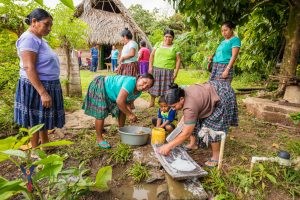
2015
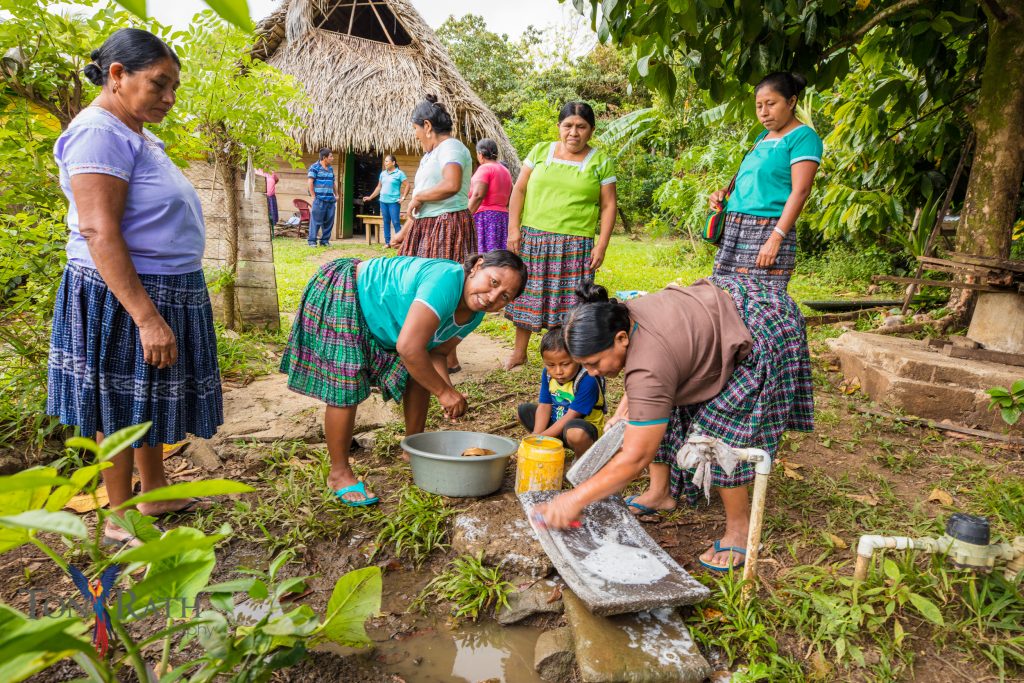
2015
The CCJ reaffirmed that the 39 Q’eqchi’ and Mopan Maya indigenous communities of Southern Belize have rights to the lands in Toledo which they have traditionally used and occupied. The ruling states that traditional Maya land-use practices constitute property rights equal in legitimacy to Western forms of property ownership.
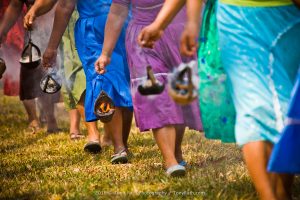
2018
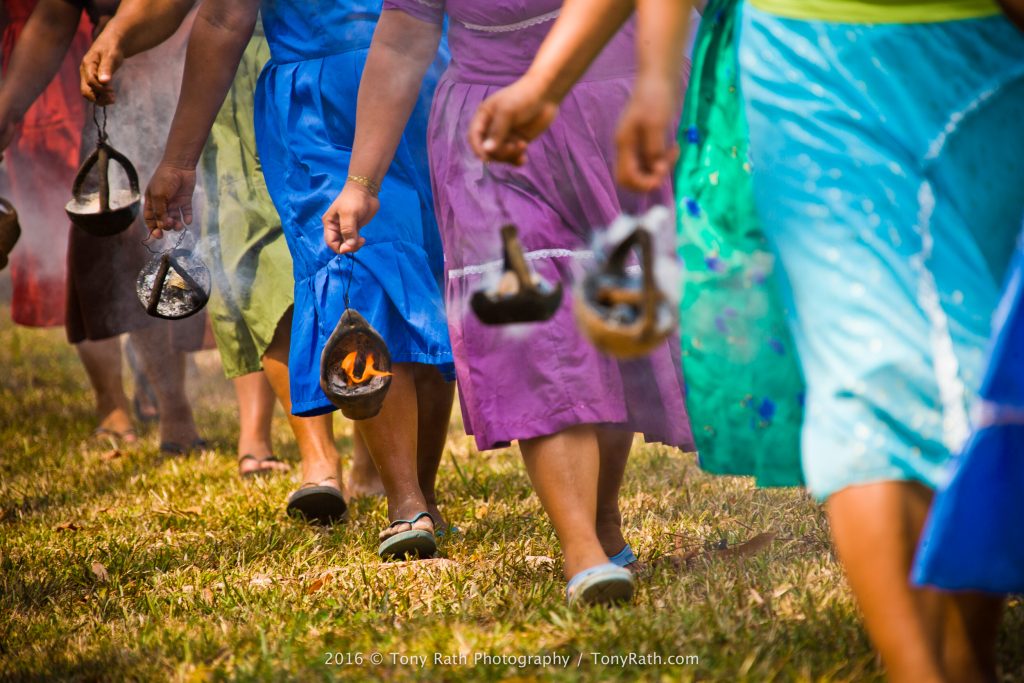
2018
The Maya peoples’ representative organisations, the MLA/TAA, signed an agreement with the TMLRC which determines a road map for the implementation of the CCJ Consent order.
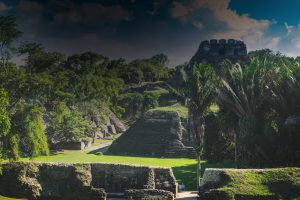
Prehistory
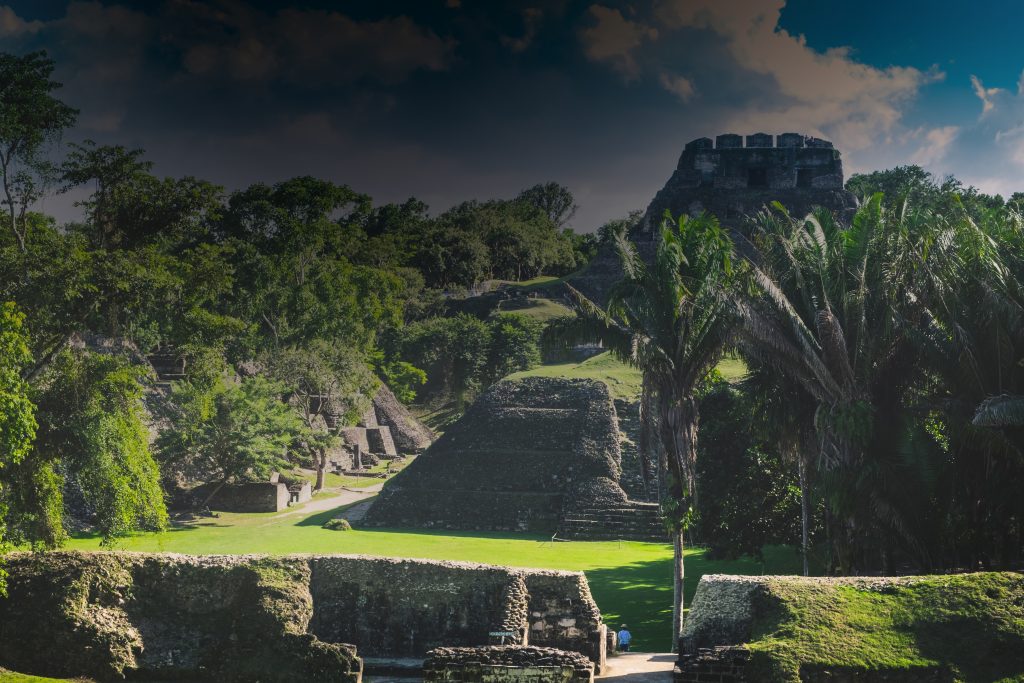
Prehistory
6000 BC
– Mesoamericans developed agriculture and paved the way for early civilisations to emerge from some of the hunter-gatherer tribes in the region.
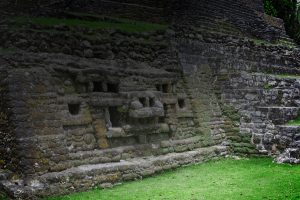
900 AD
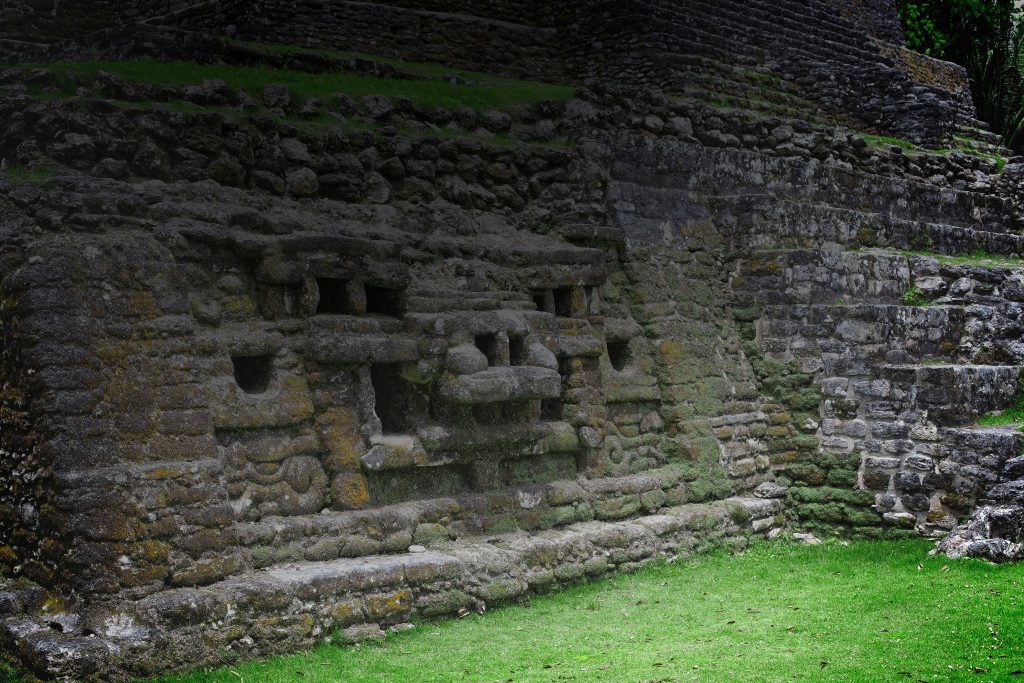
900 AD
Classical Maya civilisation collapsed over the 8th century AD due to a historically disputed combination of environmental and political factors. Many Maya cities and large parts of the central Maya area were completely abandoned. Some cities of the North continued, although their archaeological evidence suggests a significant cultural change from this point on.
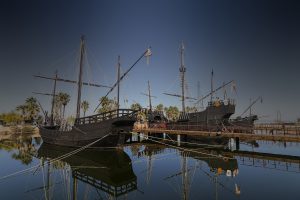
1502
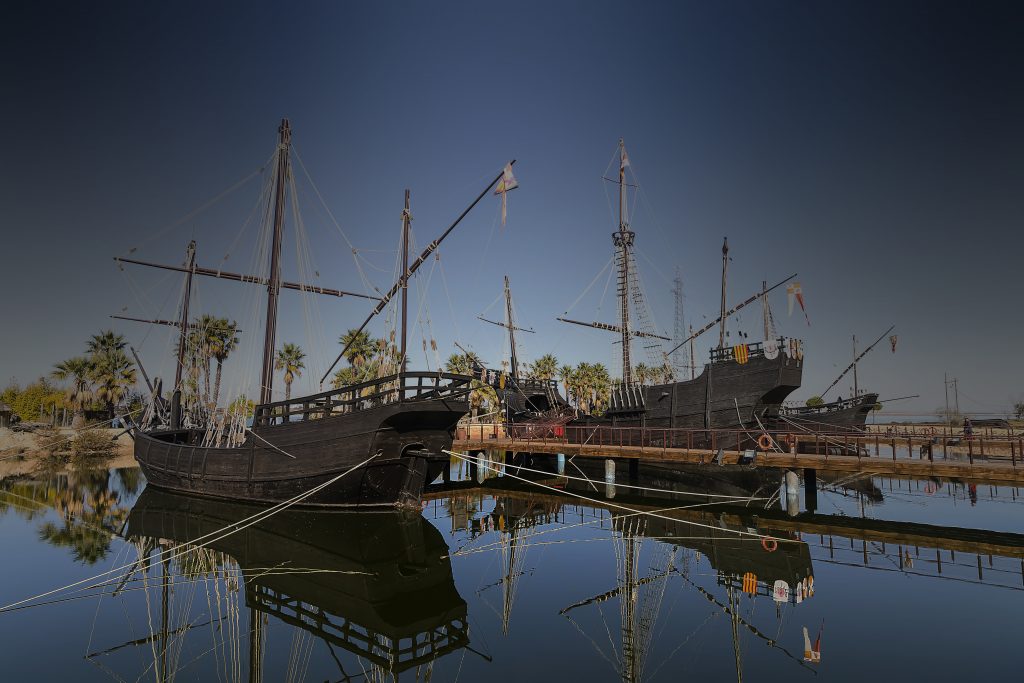
1502
1502 – Christopher Columbus sailed along the Belize coast in the Gulf of Honduras. In 1511 a Spanish ship was wrecked and the survivors landed somewhere on the Yucatán peninsula, where they were captured by a Mayan lord who sacrificed them to the gods.
1527 – Spain began its “Conquest of the Yucután” but met with fierce resistance from the indigenous Maya peoples. Many Maya died from the new diseases that were introduced. Christianity was brought to Belize for the first time during this period.
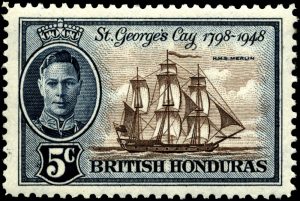
1798
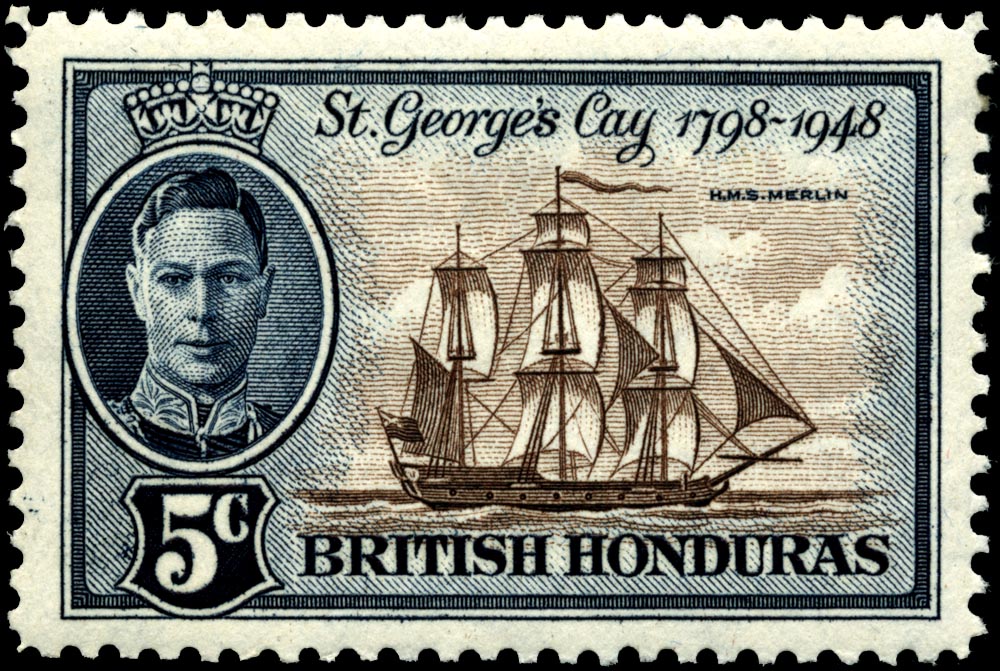
1798
The Spanish attacked the Baymen at St. George’s Caye on the 3rd of September and were defeated, resulting in British rule over the colony. The day of the victory, 10th September, is still celebrated as a national public holiday in Belize.
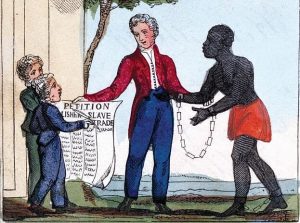
1833
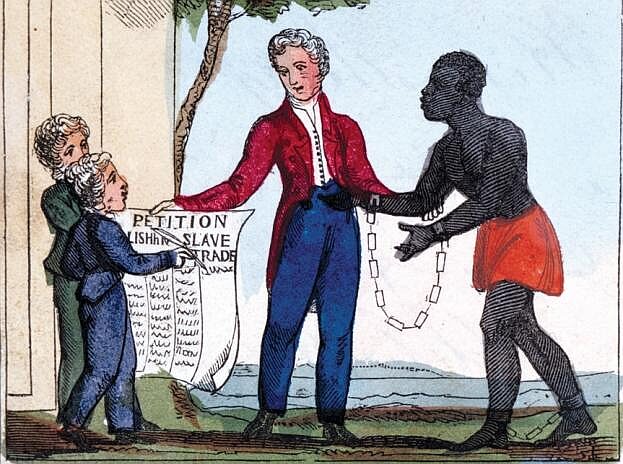
1833
The British Slavery Abolition Act was passed and enforced in Belize over a five year transitionary period.

1950
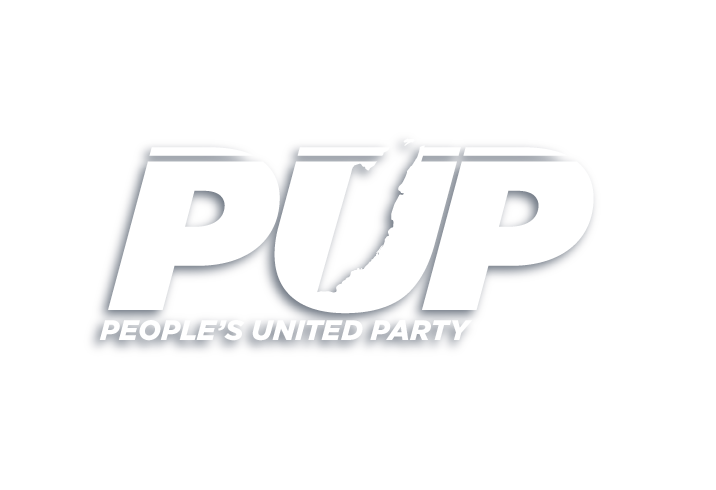
1950
The People’s Union Party (PUP) was established. It demanded expanded voting rights for all adults, and took power in 1954, dominating the country’s politics for the following three decades.
1993
1993
Logging license No 1/93 granted to Toledo Atlantic Industries International covering 224,000 acres in the Toledo District within the CRFR.
1998
1998
On 1st December, Julian Armando Cho lost his life in an unresolved case.
2000
2000
Maya people, through continued negotiations, sign the Ten Points of agreement with the Government of Belize where it acknowledges that Maya Customary land tenure and rights exist.
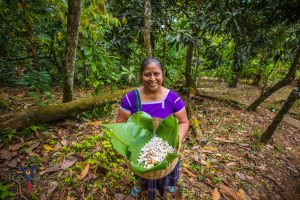
2007
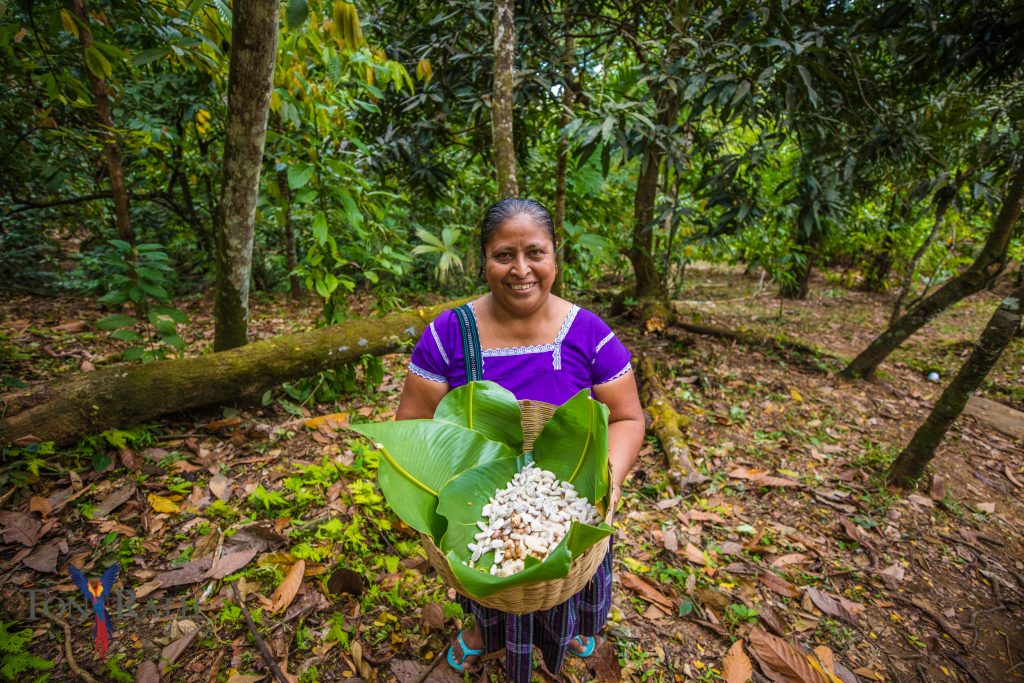
2007
The Maya Leaders Alliance (MLA) and Toledo Alcaldes Association (TAA), on behalf of 39 Maya communities, brought an action in the domestic courts for non-implementation of the IACHR decision, continued violations on Maya lands and a claim for the recognition and respect of Maya land rights. The Supreme Court of Belize ordered the Government to recognise Maya land rights. The Government never appealed this decision.
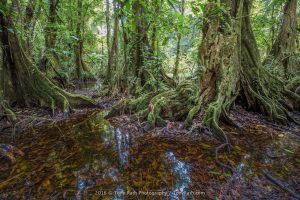
2010
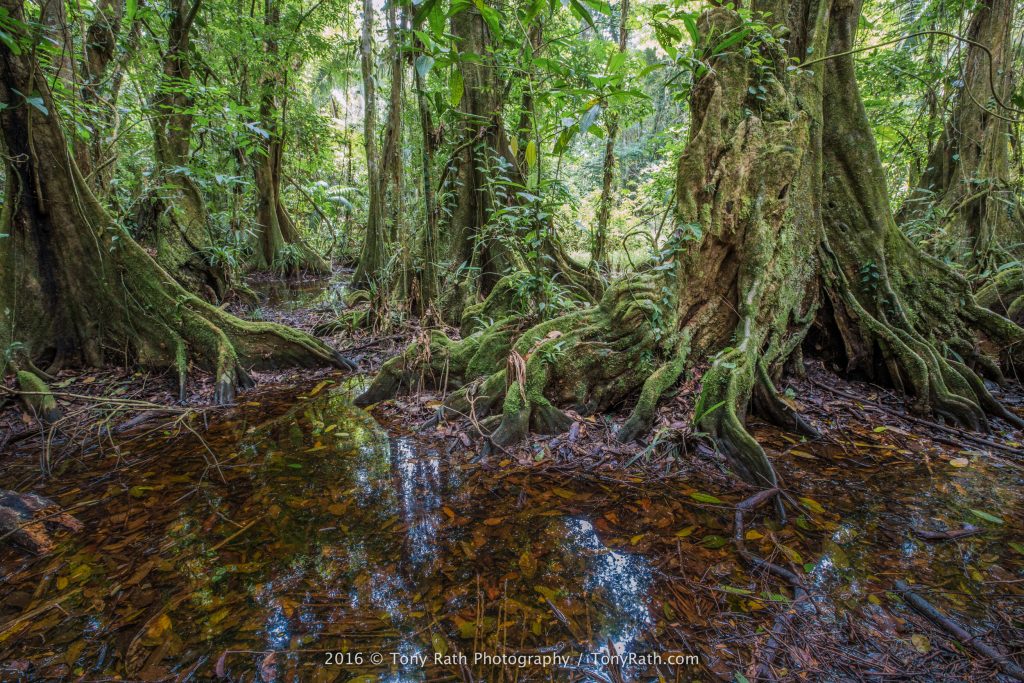
2010
The claim of indigenous Maya peoples to traditional lands in Southern Belize was upheld in the National Supreme Court of Belize on 28th June. However, the Government of Belize did not accept this claim and appealed to the Court of Appeals.
2014
2014
On 3rd April the Supreme Court ruled that government permission to commence oil drilling and road building in Sarstoon-Temash National Park by US Capital Energy was unlawful. The company continues to apply for concessions to operate in the region.
2016
2016
The Government founded the Toledo Maya Land Rights Commission (TMLRC), to facilitate the implementation of the Consent Order of the CCJ.